 I have almost completed my original goal of publishing articles I have written to myself over the last several years regarding matters mathematical (together with a sprinkling of more recent items). From the visit counts I can tell someone is reading them, but other than spam from porn and gambling sites and intrusions from Russian bots, I have received no feedback on the material in comments, nor via the more private venue of email: mathmeditations@josmfs.net.
I have almost completed my original goal of publishing articles I have written to myself over the last several years regarding matters mathematical (together with a sprinkling of more recent items). From the visit counts I can tell someone is reading them, but other than spam from porn and gambling sites and intrusions from Russian bots, I have received no feedback on the material in comments, nor via the more private venue of email: mathmeditations@josmfs.net.
Certain mysteries have arisen, such as the enormous hits on the Pool Party posting, whereas the More Pool post in a similar vein has received much less attention. I can guess the interest in the Three Jugs Problem and Three Jugs Problem Redux may have stemmed from the Bing and DuckDuckGo search results, but the Pool Party remains a mystery.
Even though I get a kick out of producing these articles for my own satisfaction, I wouldn’t mind hearing more views on my solutions and commentary, since I am quite rusty on these matters and welcome questions, corrections, and clarifications. I am also curious about further topics and postings I might consider. It seems that the Puzzles and Problems receive the most visits, whereas my own Curiosities and Questions the least, and the Math Inquiries somewhere in between. I have a few more ideas I might explore, but would welcome any suggestions that are within my ability to address.

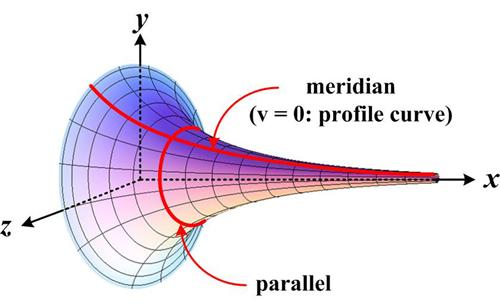 This essay began as an effort to prove Tanya Khovanova’s statement in her article “The Annoyance of Hyperbolic Surfaces” that her crocheted hyperbolic surface had constant (negative) curvature. I discussed Khovanova’s article in my previous essay “
This essay began as an effort to prove Tanya Khovanova’s statement in her article “The Annoyance of Hyperbolic Surfaces” that her crocheted hyperbolic surface had constant (negative) curvature. I discussed Khovanova’s article in my previous essay “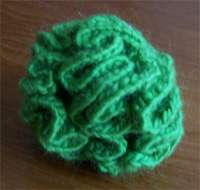 Tanya Khovanova’s recent blog post “The Annoyance of Hyperbolic Surfaces” about crocheting a hyperbolic surface added to the numerous examples of such activity, usually from knitting. Somehow this post caught my attention, in particular about the exponential growth of each added row and the fact that the resulting “surface” had constant negative curvature. I explored the exponential growth in this article and saved the mathematical exploration of the constant negative curvature for a later essay. See
Tanya Khovanova’s recent blog post “The Annoyance of Hyperbolic Surfaces” about crocheting a hyperbolic surface added to the numerous examples of such activity, usually from knitting. Somehow this post caught my attention, in particular about the exponential growth of each added row and the fact that the resulting “surface” had constant negative curvature. I explored the exponential growth in this article and saved the mathematical exploration of the constant negative curvature for a later essay. See  Over the years one of the subjects I return to periodically to study is Einstein’s Theory of Relativity, both the Special and General theories. Interest in the Special Theory focused on the derivation of the Lorentz transformations (or contractions). Why did objects appear with different lengths and clocks run at different speeds for observers moving relative to one another? Early on (late 60s) I came across a great explanation in the 1923 book by C. P. Steinmetz. He derived it from two general assumptions of special relativity: (1) that all motion is relative, the motion of the railway train relative to the track being the same as the motion of the track relative to the train, and (2) that the laws of nature, and thus the velocity of light, are the same everywhere. I did not follow his derivation completely, so I produced my own, which I will give here. See the
Over the years one of the subjects I return to periodically to study is Einstein’s Theory of Relativity, both the Special and General theories. Interest in the Special Theory focused on the derivation of the Lorentz transformations (or contractions). Why did objects appear with different lengths and clocks run at different speeds for observers moving relative to one another? Early on (late 60s) I came across a great explanation in the 1923 book by C. P. Steinmetz. He derived it from two general assumptions of special relativity: (1) that all motion is relative, the motion of the railway train relative to the track being the same as the motion of the track relative to the train, and (2) that the laws of nature, and thus the velocity of light, are the same everywhere. I did not follow his derivation completely, so I produced my own, which I will give here. See the  This problem posted by Presh Talwalkar offers a variety of solutions, but I didn’t quite see my favorite approach for such problems. So I thought I would add it to the mix.
This problem posted by Presh Talwalkar offers a variety of solutions, but I didn’t quite see my favorite approach for such problems. So I thought I would add it to the mix.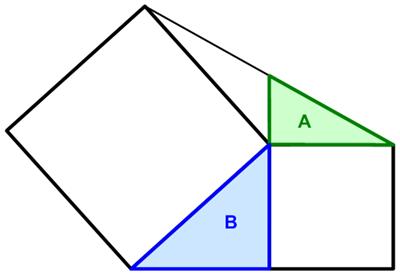 This was a nice geometric problem from Poo-Sung Park
This was a nice geometric problem from Poo-Sung Park 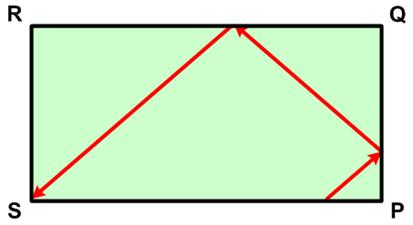 This is another UKMT Senior Challenge problem, this time from 2006.
This is another UKMT Senior Challenge problem, this time from 2006. I came across the following problem from an Italian high school exam on the British
I came across the following problem from an Italian high school exam on the British 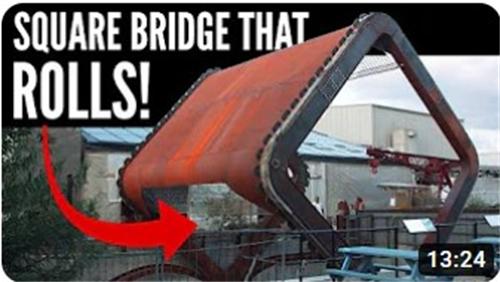
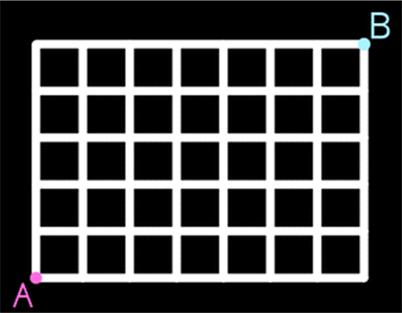 Normally I don’t care for combinatorial problems, but this problem from
Normally I don’t care for combinatorial problems, but this problem from 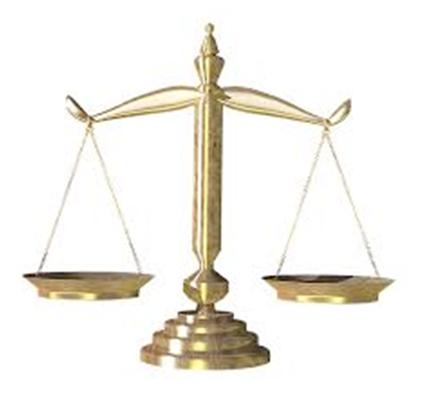 The following is a famous problem of Bachet as recounted by Heinrich Dörrie in his book 100 Great Problems of Elementary Mathematics:
The following is a famous problem of Bachet as recounted by Heinrich Dörrie in his book 100 Great Problems of Elementary Mathematics: